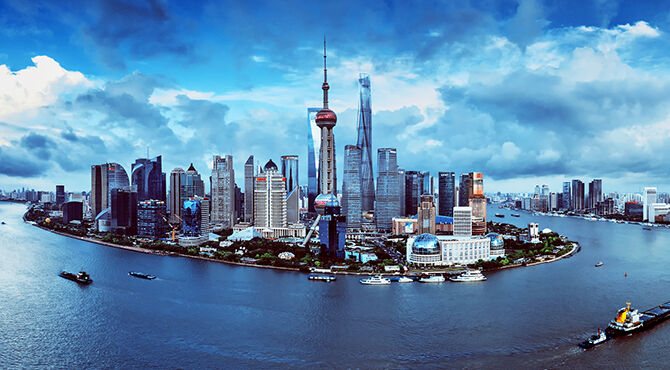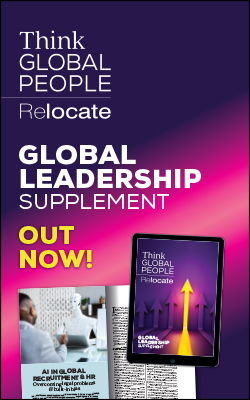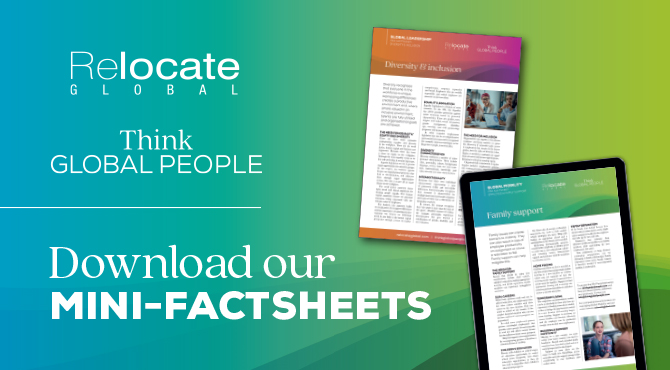Trump and debt cast shadows over Chinese economy
China's economic growth in 2016 amounted to 6.7 per cent according to official data from Beijing, released amid fears of a future downturn if a trade war with President Donald Trump's America materialises.

Related news:
- Davos 2017: China president calms stormy economic waters
- Promises, promises – nomadic leaders in a post-trust age
- 'No great difference' between expat and local managers in China
“For example, in 2016, the country's (year on year) GDP was exactly 6.7 per cent for three quarters in a row. While this seems numerically unlikely, I suppose it is possible that this could happen. Without solid, reliable figures this remains a debate with wide-ranging, conflicting views.“Mind you, even if at worse China's real GDP is around four per cent at present, there are plenty of national governments which wouldn't mind a taste of those numbers.”In an analysis by ABC, business correspondent Stephen Letts added, “By happy coincidence, the 2016 result not only lines up with President Xi Jinping's call at the World Economic Forum in Davos that it would be thereabouts, but also is right in the middle of the 6.5 to 7 per cent target band drummed up at the National People's Congress in March last year.“The quality of Chinese GDP data is often questioned, given the National Bureau of Statistics can pull together all the threads of the world's second biggest economy into a coherent narrative just three weeks after the quarter ends.“The admission this week from the boss of Liaoning province that the GDP books for his steel and coal-dominated jurisdiction had been cooked for years has not helped matters.“The National Audit Office found revenues from Liaoning's industries and state-owned enterprises were at least 20 per cent higher than what should have been reported between 2011 and 2014, with 2013 representing the peak in creative accounting for one area at 130 per cent over the odds.”Aside from doubts over the figures – which stated there was faster-than-expected growth 6.8 per cent in the fourth quarter – economists have increasing fears over China's debt-to-GDP ratio, which increased by almost 10 per cent to 277 per cent over the course of 2016, and the potential impact on trade of a Trump presidency.“The key risk to the Chinese economy in 2017 and 2018 is the possibility that faster than expected US interest rate increases could intensify Chinese capital outflows and increase stresses on China's financial system,” said Bill Adams, senior economist at PNC Financial Services HQ in Pittsburgh.Tim Condon, an economist with ING in Singapore, added, “Relations with a Trump administration is the biggest known unknown. Trump advisers and cabinet-nominees have identified the US-China relationship as in need of adjustment to support the president-elect's objective of a manufacturing renaissance.”Allowing the yuan to appreciate was “the path of least resistance for the world's most important bilateral economic relationship” said Mr Condon, despite the problems this might cause for Chinese exporters.
For related news and features, visit our Enterprise section.
Access hundreds of global services and suppliers in our Online Directory Get access to our free Global Mobility Toolkit
Get access to our free Global Mobility Toolkit 
©2025 Re:locate magazine, published by Profile Locations, Spray Hill, Hastings Road, Lamberhurst, Kent TN3 8JB. All rights reserved. This publication (or any part thereof) may not be reproduced in any form without the prior written permission of Profile Locations. Profile Locations accepts no liability for the accuracy of the contents or any opinions expressed herein.




































